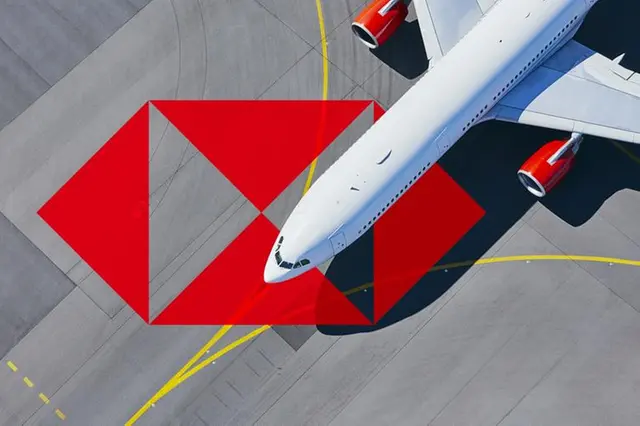The Middle East has seen the strongest rebound in the post-pandemic global tourism recovery, according to a new report from HSBC Global Research.
The report, Jet, set, go! shows thatthe region is unique in recording a total recovery in terms of tourist arrivals in the first quarter of 2023, up 15 per cent on 2019 figures. Europe was the second-placed region, reaching 90 per cent of pre-pandemic visitor numbers.
The study highlights that the Middle East has the highest share of GDP from tourism, at 5 per cent, suggesting that the region may reap the rewards of the ongoing recovering in the year ahead. Within the region, Saudi Arabia and Türkiye recorded almost pre-pandemic levels of tourist arrivals in Q1 2023. Asia Pacific is second, with over 4 per cent of the region’s GDP coming from tourism.
Maitreyi Das, author of the report and Economist at HSBC Securities and Capital Markets, said: “The Middle East region saw the strongest performance in terms of recovery in tourism, and is the first region in the world to recover beyond pre-pandemic numbers. Globally, Qatar and Saudi Arabia are the best performing destinations in terms of tourist arrival in Q1 2023. In terms of tourism receipts, Turkey stands at 4th ranking (+104%) globally. On perceptions, 40% of the people think that tourism recovery has already been achieved in the Middle East, while 20% of the people think that they will recover by 2023 end.”
The report also predicts that outbound tourist spending will grow sharply from Asian economies due to the rapid increase in the number of middle-class consumers in the next decade, with Mainland China tourism expenditure estimated to grow from US$100 billion in 2022-2030 to US$175 billion by 2030-2040.The number of domestic and international flights from Mainland China has also risen sharply in the past quarter, with the deployment of wide-bodied aircraft growing in the same period.

